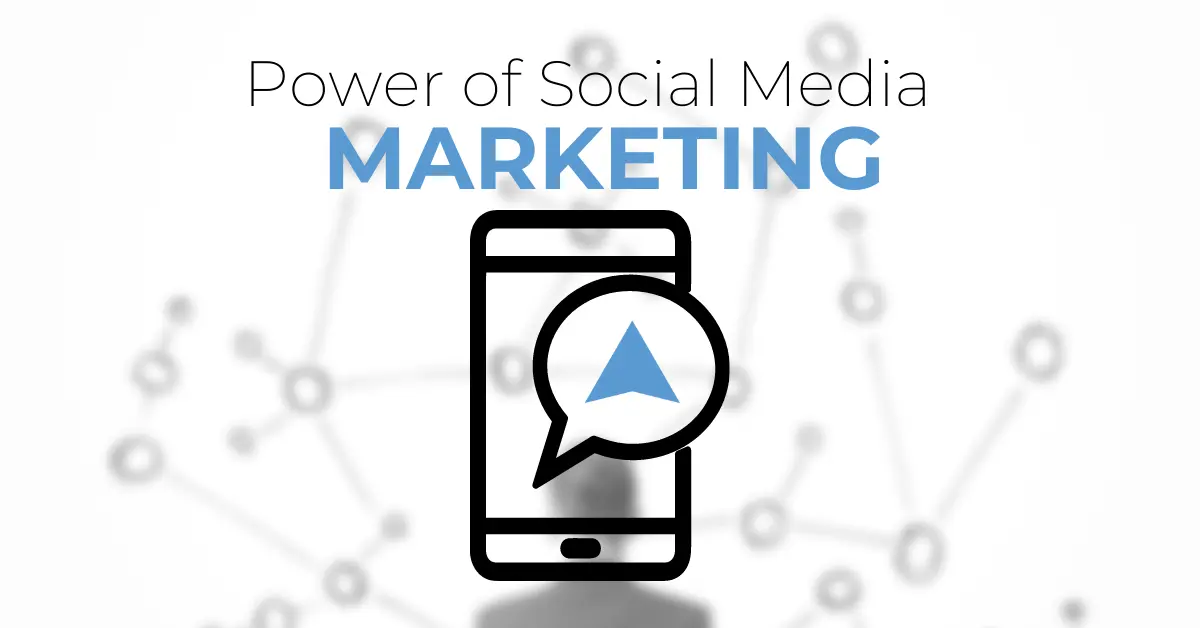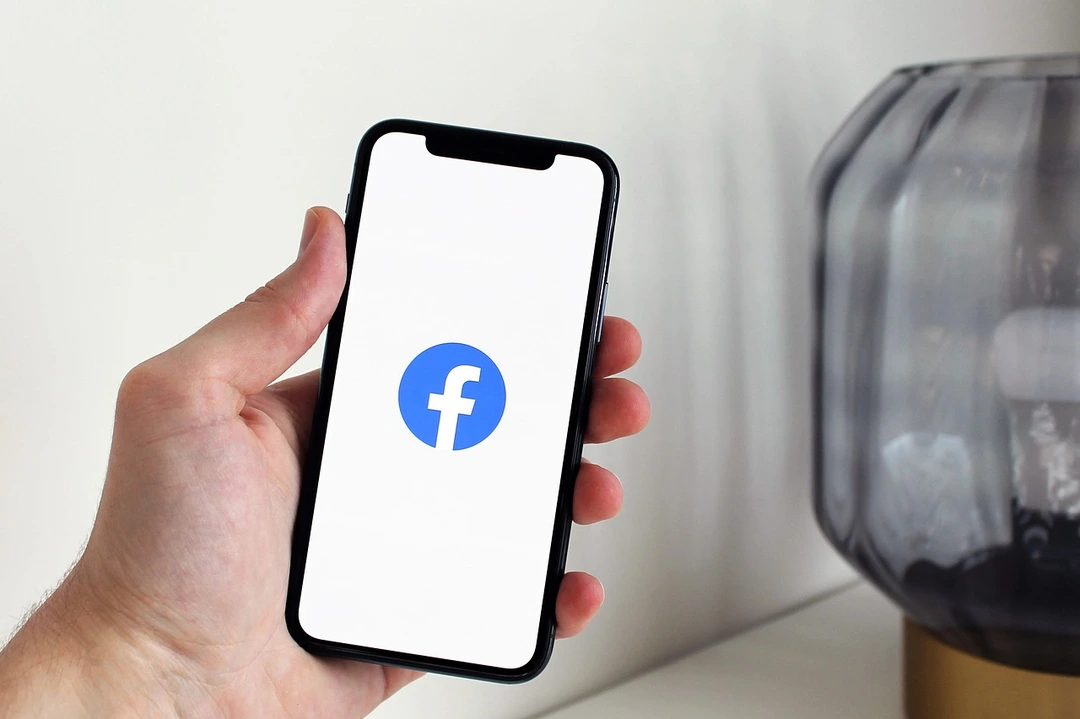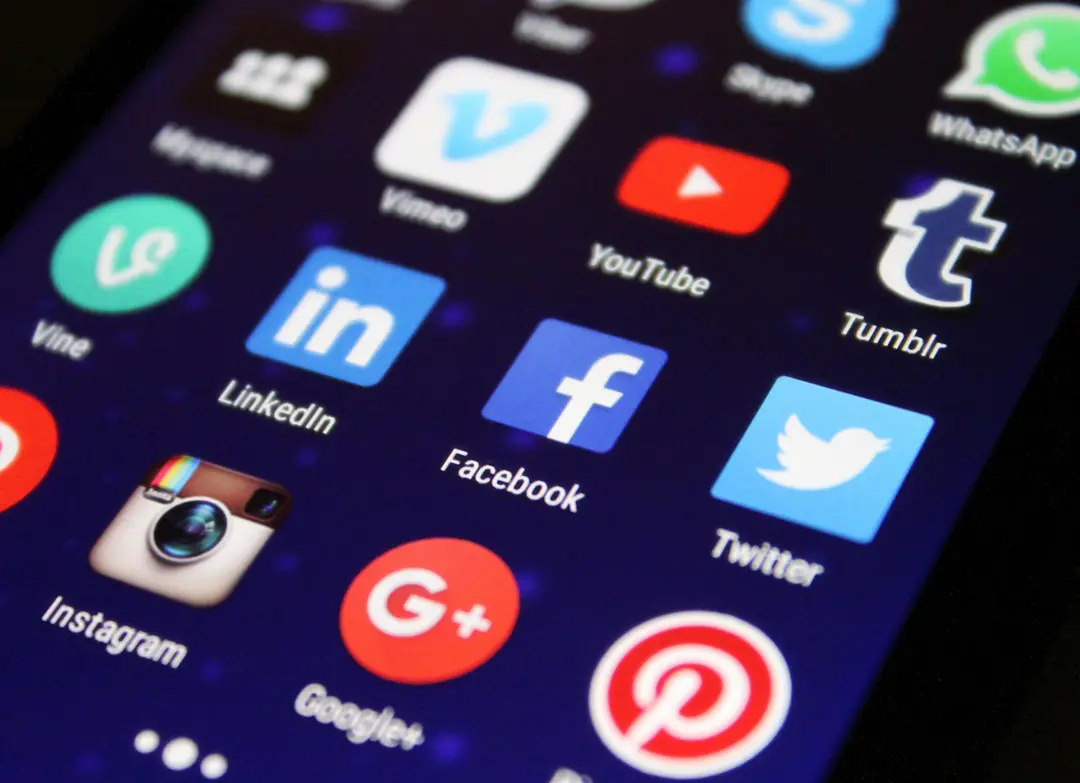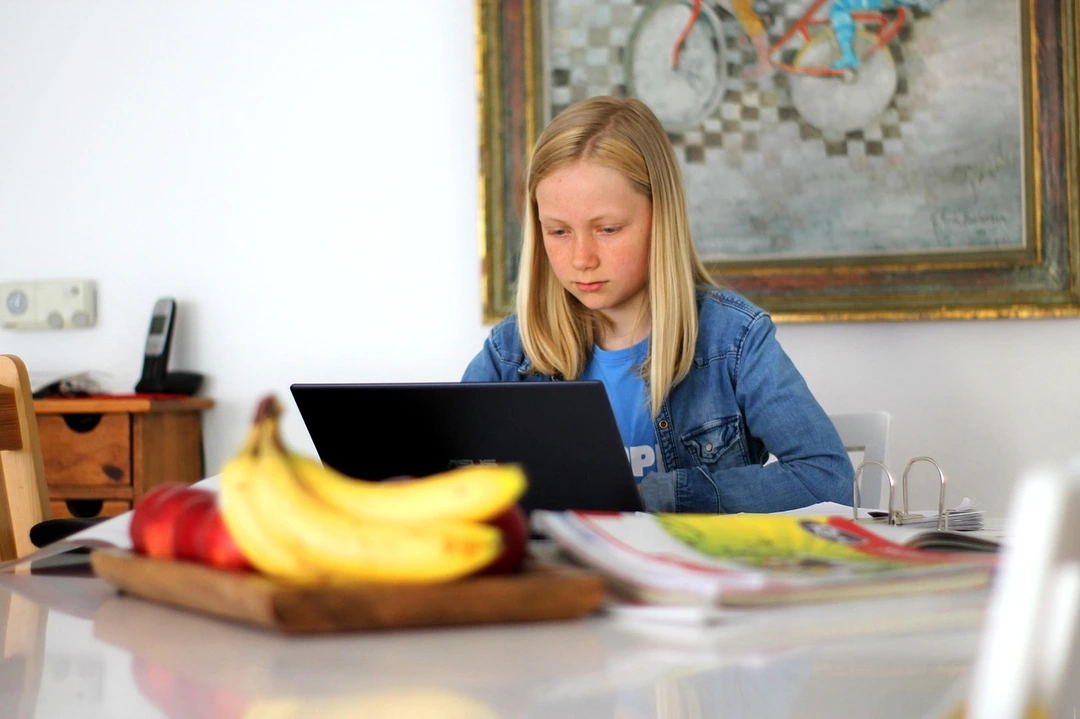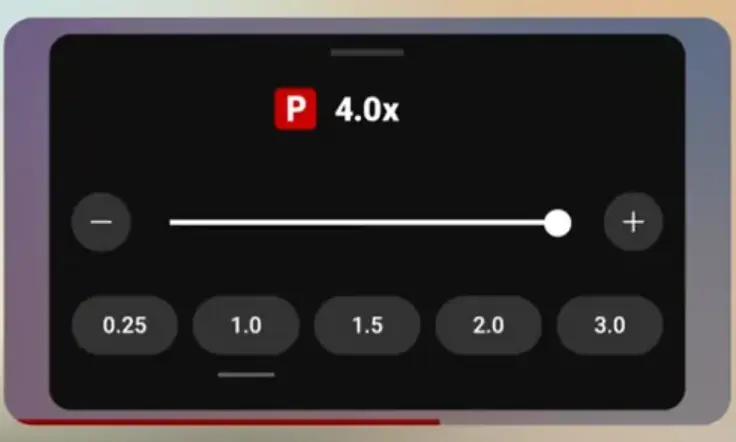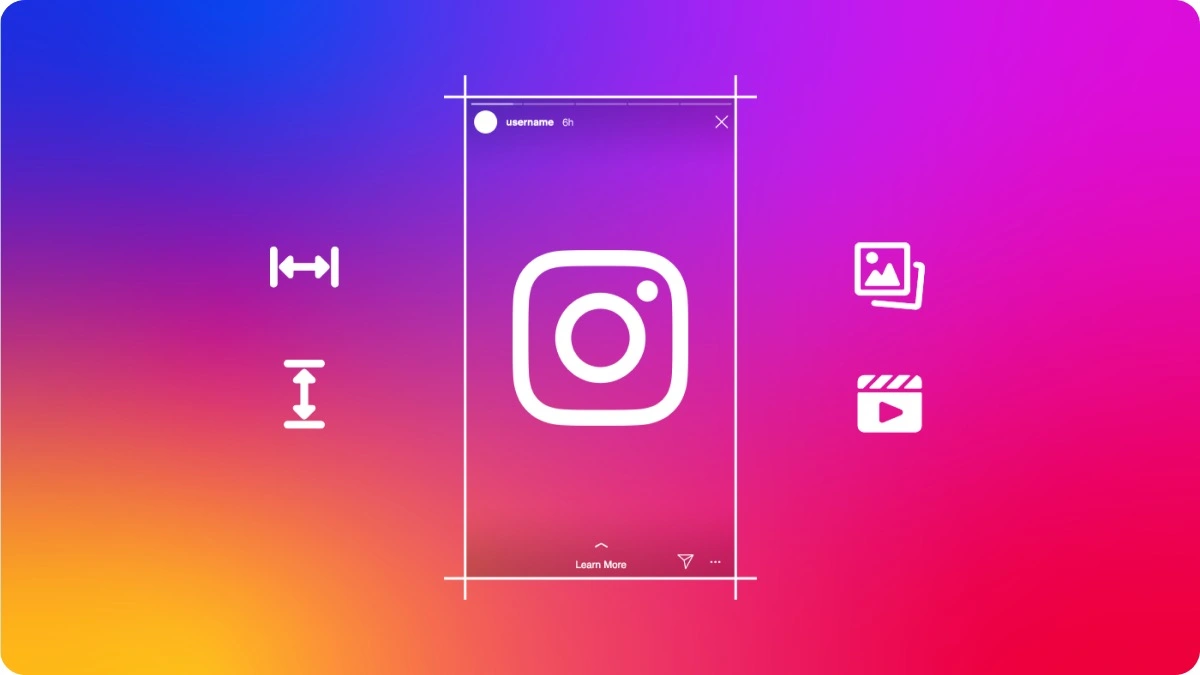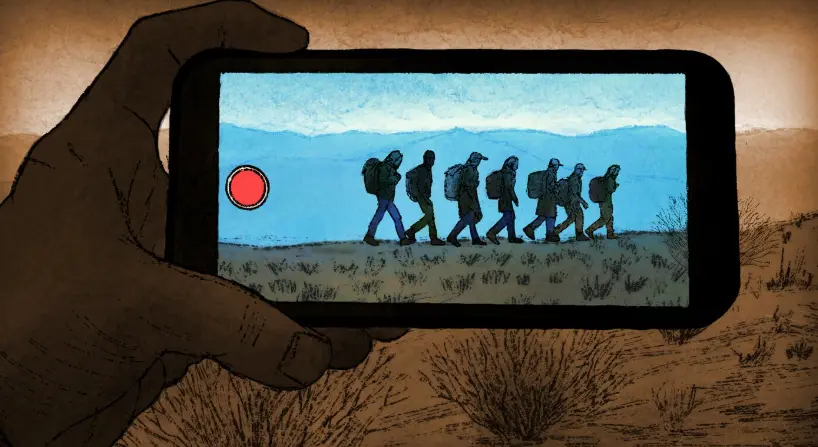The Changing Landscape of Beauty Marketing
Instagram has long been the go-to platform for beauty brands, influencers, and consumers alike. Known for its aesthetic-driven approach, Instagram has fueled trends like #shelfies, curated makeup looks, and professional beauty tutorials. Brands thrived on high-resolution imagery, influencer partnerships, and interactive Stories, making it the epicenter of beauty commerce.
However, in recent years, the dominance of Instagram in the beauty industry has shown signs of shifting. With the rapid rise of TikTok, YouTube, and emerging platforms, beauty brands are reevaluating their marketing strategies, opting for more dynamic, video-first content that prioritizes authentic engagement over polished aesthetics.
The Power Shift: TikTok Takes Over
If Instagram revolutionized beauty content, then TikTok has redefined it. The short-form video platform exploded in popularity with viral beauty challenges, raw product reviews, and trend-driven tutorials, resonating with a younger, highly engaged audience.
Unlike Instagram’s emphasis on filtered perfection, TikTok thrives on unfiltered authenticity. Content creators often embrace real, everyday beauty routines, candidly sharing failures, successes, and personal skincare struggles. The platform’s algorithm-driven discovery model allows creators to reach massive audiences organically, making it easier for new influencers to gain traction compared to Instagram’s increasingly pay-to-play ecosystem.
TikTok’s Major Beauty Trends
- “Get Ready With Me” (GRWM) Videos: Influencers and everyday users share real-time beauty routines with minimal editing, giving an intimate glimpse into their skincare and makeup regimens.
- Instant Reviews: Unlike Instagram’s polished product endorsements, TikTok beauty influencers deliver quick, no-nonsense reviews, often testing products on-camera.
- Beauty Challenges & Duets: Viral trends such as “Foundation Mix” challenges, duet reaction reviews, and before-and-after transformations drive engagement in ways Instagram can’t match.
- Ingredient Deep Dives: Skincare enthusiasts break down ingredient lists, explaining science-backed benefits rather than relying on brand marketing claims.
YouTube’s Timeless Hold on Beauty Content
While TikTok is fast-paced and trend-focused, YouTube remains the go-to platform for in-depth beauty content. Long-form product reviews, skincare deep dives, and professional tutorials continue to thrive on YouTube, with top creators developing multi-layered content strategies that include sponsorships, brand collaborations, and personal product lines.
Unlike Instagram’s highly visual nature, YouTube allows creators to educate, entertain, and connect more meaningfully. Audiences trust YouTube beauty influencers due to the platform’s longer format, which enables detailed breakdowns of beauty techniques, formulations, and industry insights.
Why Beauty Brands Still Invest in YouTube
- Higher Engagement Time: While TikTok videos last seconds, YouTube’s format allows brands to build brand loyalty over longer watch sessions.
- Evergreen Content: Unlike Instagram’s fleeting content, YouTube videos have a longer shelf life, continuously driving views months or even years after posting.
- In-Depth Tutorials & Explainers: Professionals like dermatologists and makeup artists share thorough insights, making YouTube a trusted source for credible beauty knowledge.
Instagram’s Declining Influence: Why Brands Are Moving On
While Instagram remains a major player in beauty marketing, its influence is no longer as dominant. Here’s why:
1. Algorithm Challenges & Reduced Organic Reach
Over the years, Instagram’s algorithm has made it harder for smaller creators and brands to gain visibility without paid advertising. Organic reach has declined significantly, forcing many influencers to migrate to TikTok or YouTube, where discoverability is easier.
2. The Rise of Unfiltered Content Over “Perfect” Aesthetics
Instagram has long been associated with curated beauty, but audiences are increasingly favoring raw, unfiltered content. TikTok’s imperfection-friendly, quick-cut content feels more relatable, making brands rethink their aesthetic-heavy Instagram presence.
3. Video-Centric Platforms Drive More Sales
Short-form video content on TikTok, YouTube Shorts, and even Pinterest Idea Pins drives more conversion rates compared to traditional Instagram posts. Audiences are more likely to trust recommendations made in real-time, where they see product application, results, and unfiltered reactions rather than staged imagery.
4. Paid Ads Overpower Organic Influence
Instagram’s ad-heavy model often makes organic influencer marketing less effective. TikTok and YouTube still support organic discovery, allowing brands to reach new audiences without hefty ad budgets.
What’s Next? The Future of Beauty on Social Media
As Instagram’s grip on the beauty industry loosens, brands must adapt to new consumer behaviors and platform preferences. The future of beauty marketing likely revolves around:
- Short-form, interactive video content
- Authenticity-driven influencer partnerships
- Live-stream shopping events
- AI-driven personalization in beauty commerce
Instagram’s role in beauty is changing, but it’s far from obsolete. The platform still holds value for brand storytelling, product showcases, and influencer engagement, but the days of picture-perfect dominance have given way to unfiltered, real-time beauty culture.

